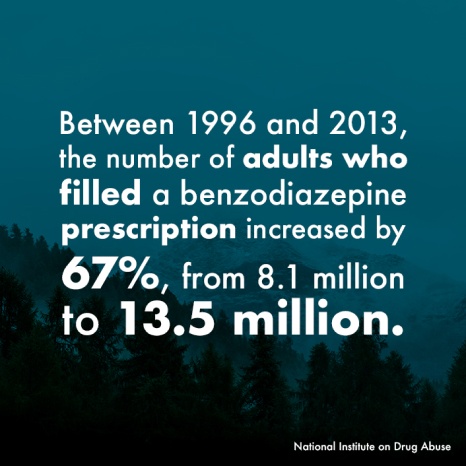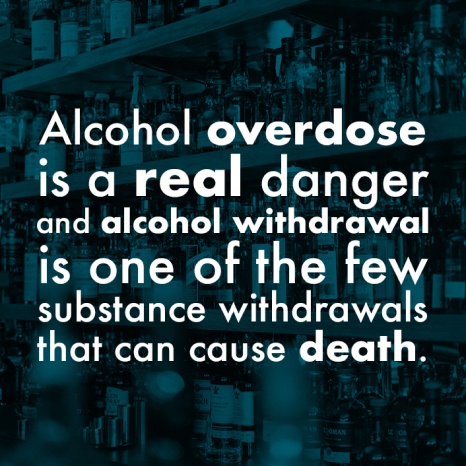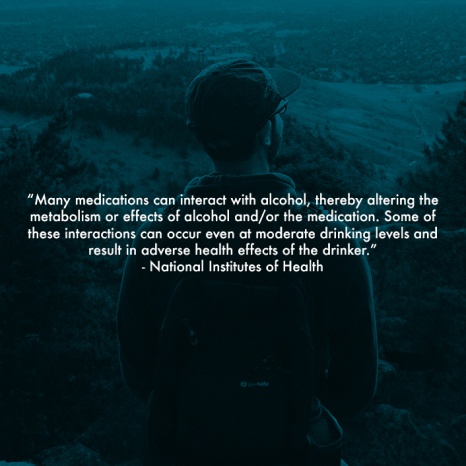Xanax and Alcohol
There are many reasons a person mixes Xanax and alcohol. Of course, there is a possibility that a person is unaware of the risks of doing so. However, if they have a prescription any medical professional should cover the dangers. Possibly they, and anyone using Xanax illegally, combines it with alcohol and does not perceive any significant dangers. In fact in the 2017 National Survey on Drug Use and Health (NSDUH), the study covers perceived risk. Separate groups of people, based on various factors, perceive the risk of misuse and abuse differently. Whatever the reasons a person misuses either or both substances, there is significant risk in doing so.
XANAX

In order to help treat anxiety, Xanax works by suppressing an over-excited central nervous system. It provides a sense of calm and for some people who abuse Xanax, it provides what is called a “Xanax High”. For many, the Xanax high is a heightened feeling of happiness and euphoria. Xanax is a short-acting drug, which means it takes effect quickly and wears off quickly. This has the potential to lead to more severe withdrawal symptoms. Anyone misusing and abusing Xanax will feel the need to take more and more to feel the same effects. A person with a prescription should only stop use under a doctor’s supervision. Anyone misusing a prescription or using Xanax illegally will very likely find it impossible to withdraw without professional help.
Symptoms of Xanax withdrawal may include:
- Sleep disturbance
- Irritability
- Increased anxiety
- Panic attacks
- Nausea
MountainView Recovery
5475 Mark Dabling Blvd #102
Colorado Springs, Co 80918
Contact Us Today!
MountainView Resources!
Alochol
In many countries, including the United States, alcohol is a widely used substance. When used responsibly, it should be okay. However, alcohol carries a high risk for misuse, abuse, and addiction. Many people likely do not even realize when it has become a problem. According to the National Institutes of Health (NIH), binge drinking is defined as typically occurring around 4 drinks for women and 5 drinks for men, in around 2 hours. Very likely, many people reach this point without realizing it. There is a high possibility that many people will go through a period, or periods, of alcohol misuse and abuse without it escalating to full-blown addiction later on. Still, it carries significant risk. Others might abuse alcohol without realizing and then reach addiction. Either way over-consumption of alcohol is dangerous.

Alcohol overdose is a real danger and alcohol withdrawal is one of the few substance withdrawals that can cause death. According to NIH, “As blood alcohol concentration (BAC) increases, so does the effect of alcohol – as well as the risk of harm.” They further explain that BAC continues to increase even after someone stops drinking or if they are unconcious. Alcohol depresses the central nervous system (CNS). A symptom of that is suppressed breathing, which is incredibly dangerous when too much alcohol is consumed. An additional danger is that someone will vomit while unconscious and choke on their vomit.
NIH lists potential alcohol overdose symptoms as:
- Mental confusion, stupor
- Difficulty remaining conscious, or inability to wake up
- Vomiting
- Seizures
- Slow or irregular breathing
- Slow heart rate
Unfortunately, due to the widely accepted use of alcohol, many people fail to recognize when it is a problem short-term or long-term.

Mixing Xanax And Alcohol
Xanax is a sedative, which makes it particularly dangerous to combine with alcohol. It is likely that many people mixing it are unaware of the danger, underestimate the risk, or are attempting to achieve a combined effect from both. Alcohol is a CNS depressant, but it does have some stimulating qualities. At least initially, it often provides a pleasant “buzz” for many users. It elevates mood and decreases inhibitions, which is why many people use it socially. Someone might hope to achieve the Xanax high and the same pleasant qualities from alcohol.
However, mixing the two presents many dangers even at lower levels. According to a publication from NIH, “Many medications can interact with alcohol, thereby altering the metabolism or effects of alcohol and/or the medication. Some of these interactions can occur even at moderate drinking levels and result in adverse health effects of the drinker.” They list side effects of Xanax and alcohol interaction as:
- Drowsiness
- Sedation
- Decreased motor skills
Given that Xanax and alcohol are both sedatives, the risk of respiratory depression increases significantly. If left untreated, with many people assuming a person is sleeping, it can be fatal. If a person obtains Xanax illegally, there is a chance it is cut with other substances depending on the source. This increases the danger significantly, especially as fentanyl is increasingly found in other substances.
Treatment
Xanax and alcohol are both difficult to withdraw from on one’s own. Further, it is even potentially very dangerous depending on the severity of abuse or addiction. If you or a loved one is in need of help, please reach out today.
Mountain View Recovery Treatment Programs
Patient Resources
Addiction is complex, which means treatment and long-term recovery are complex. Despite this, it shouldn’t scare anyone – patients or their loved ones. It just means that treatment and recovery both require thorough and thoughtful planning.
Outpatient Program
Our outpatient program (OP) is a transition preparatory phase. It provides a minimum of nine (9) hours of weekly outpatient treatment. This involves a minimum of one (1) hour/s individual substance abuse/behavioral health counseling per week.
Adventure Therapy
For a long time, nature has been seen as a balm to the problems we face in society. Even during pre-industrial times, people would seek out the countryside as a means to feel better. Many people have also used nature as a way to understand the world.
Trauma and Recovery
Just like physical trauma occurs, so does psychological trauma. Any number of traumatizing events occur and cause psychological trauma. A lot of people will experience trauma before or because of addiction. It’s possible for addiction to deepen…
Neurofeedback
Nobody sets out with the intention of becoming addicted to anything. Even someone making a conscious decision to try substances is not intending to become dependent, experience withdrawal, and risk overdose or death. There are numerous factors.
